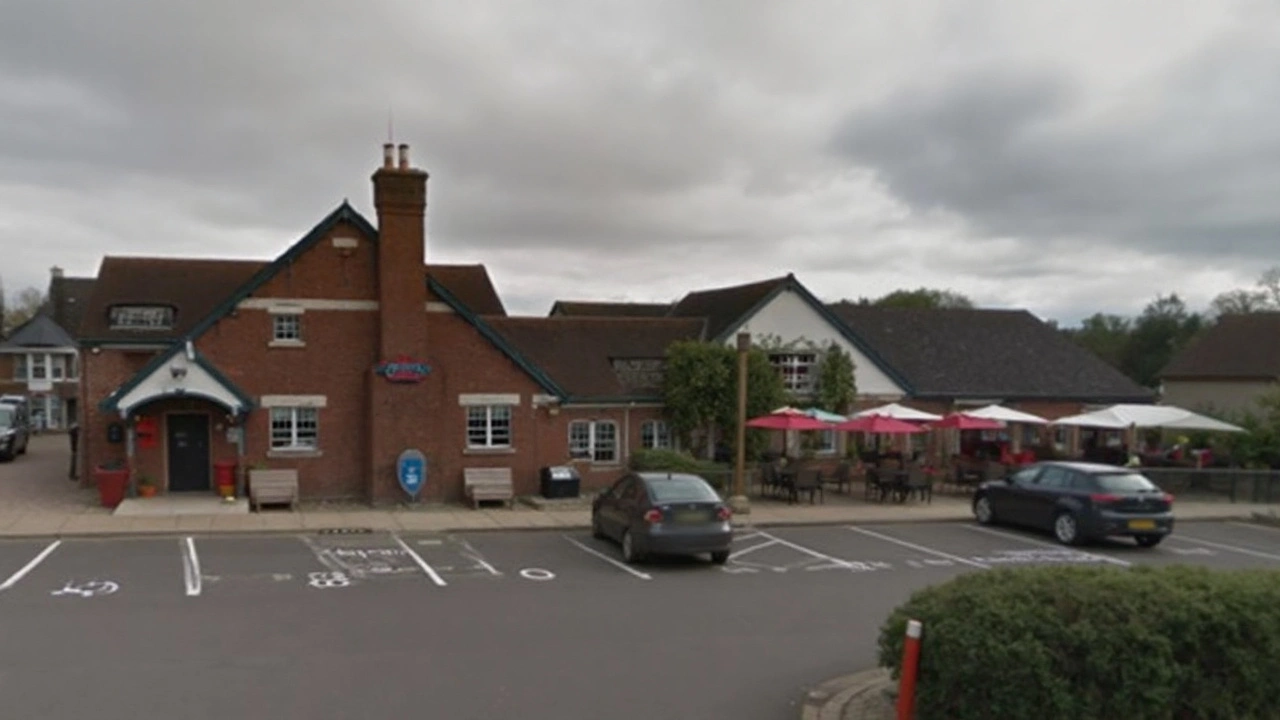Food & Dining: Trends, Jobs, and New Restaurants
When talking about Food & Dining, the sector that includes everything from street food stalls to fine‑dining establishments. Also known as culinary hospitality, it touches daily life, local culture, and employment numbers. This space isn’t just about meals; it drives economies, creates communities, and constantly evolves with consumer tastes.
Food & Dining encompasses American BBQ, a style of slow‑cooked, smoke‑infused grilling that has grown from regional specialty to global fad. Fans of ribs, brisket, and smoked sausages now look for authentic pits in city centers, pushing existing eateries to add smokehouse menus. The rise of American BBQ illustrates how a single cuisine can reshape menu planning across the whole sector.
The sector also requires strong restaurant management, skill sets that blend staff leadership, supply‑chain oversight, and customer experience design. Effective managers keep kitchens running, ensure food safety, and turn first‑time visitors into regulars. When management practices improve, turnover drops and profit margins rise, showing the direct link between leadership quality and overall sector health.
One major player influencing these dynamics is Greene King, a UK‑based pub and restaurant group that owns dozens of venues and invests heavily in new concepts. Greene King’s rollout plan—launching ten new restaurants each year through 2027—sets a benchmark for growth speed, brand diversification, and job creation within Food & Dining.
Job creation is a concrete outcome of this expansion. Recent announcements about a new smokehouse in Northampton promise up to 100 positions, ranging from kitchen staff to senior management. Each role supports the local economy and provides pathways for culinary apprenticeships, reinforcing how Food & Dining can be a catalyst for community development.
Location matters, too. The former Lakeside pub on Bedford Road is being transformed into a modern BBQ venue, illustrating how existing assets can be repurposed to meet current demand. Adaptive reuse of historic sites not only preserves local heritage but also injects fresh revenue streams into the Food & Dining ecosystem.
Consumer expectations now include extended opening hours, diverse dietary options, and seamless online ordering. Restaurants that adapt by offering late‑night service or digital menus stay competitive, while those that cling to outdated models risk losing market share. This shift highlights the sector’s need for continuous innovation.
Below you’ll find a curated list of articles that dive deeper into these topics—new restaurant concepts, job opportunities, and the growing appeal of American BBQ. Whether you’re a chef, an investor, or just curious about what’s cooking in the local scene, the resources here will give you a clear view of where Food & Dining is headed next.
